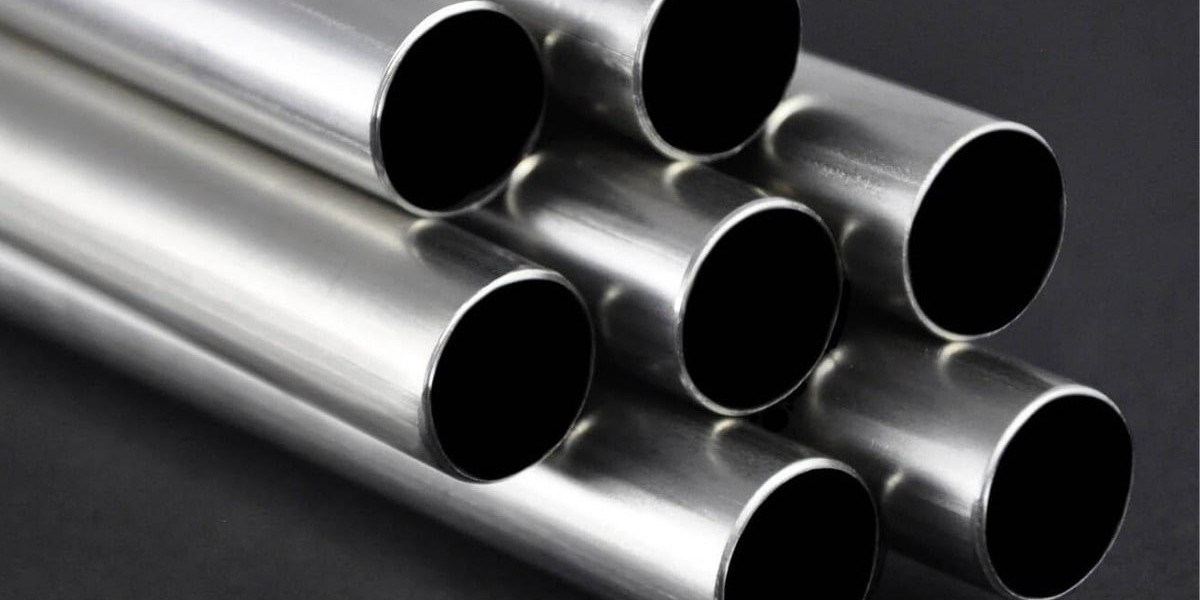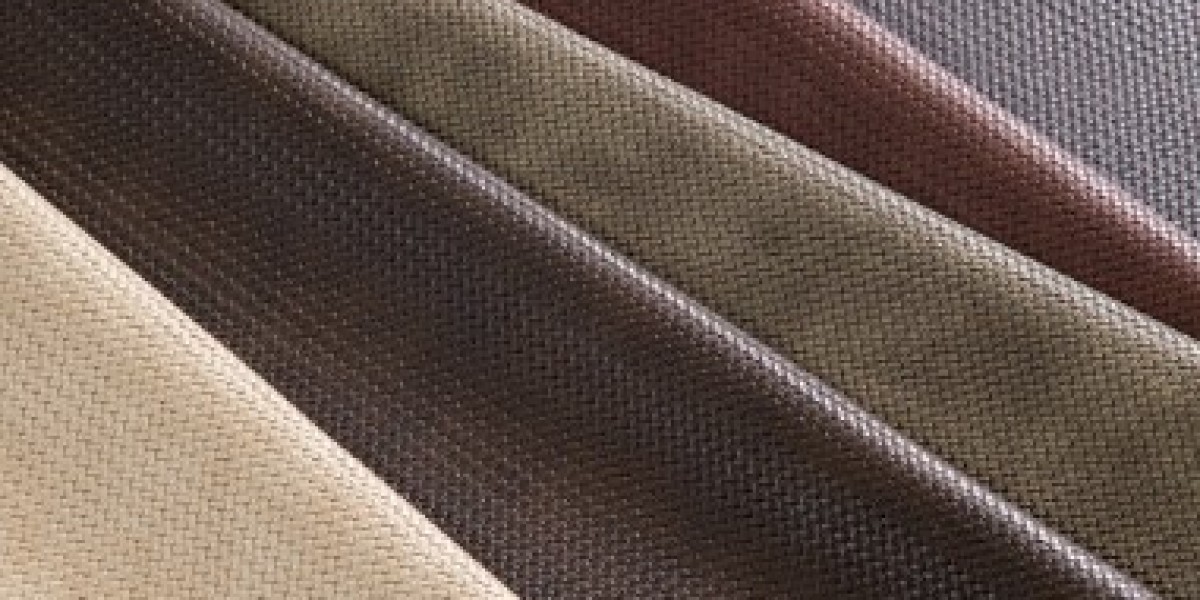Stainless Steel 304L pipe stands out as one of the most widely used stainless steel pipes in various industries worldwide. Its excellent corrosion resistance, durability, and ease of fabrication make it a preferred choice for many applications. Whether you are in chemical processing, food production, construction, or automotive industries, 304L pipes offer reliable performance in demanding environments.
In this blog, we will explore the key features, applications, advantages, and maintenance tips of Stainless Steel 304L pipes. If you want to know why this material remains so popular, keep reading!
What is Stainless Steel 304L Pipe?
Stainless Steel 304L pipe is a low carbon version of the 304 stainless steel grade. The "L" in 304L stands for "low carbon," meaning it contains a maximum of 0.03% carbon, compared to the standard 304 grade that allows up to 0.08%. This low carbon content reduces the risk of carbide precipitation during welding, which enhances the pipe’s corrosion resistance, especially in welded structures.
The chemical composition of 304L includes:
Chromium: 18–20%
Nickel: 8–12%
Carbon: ≤ 0.03%
Manganese: ≤ 2%
Silicon: ≤ 1%
Phosphorus: ≤ 0.045%
Sulfur: ≤ 0.03%
The high chromium and nickel content provide excellent resistance to oxidation and corrosion, making it suitable for various environments.
Key Features and Benefits of Stainless Steel 304L Pipe
1. Superior Corrosion Resistance
304L stainless steel pipes resist corrosion caused by many chemicals, acids, and atmospheric conditions. They perform exceptionally well in both acidic and alkaline environments, preventing rust and extending the pipe’s lifespan.
2. Excellent Weldability
Because of its low carbon content, 304L pipe welds easily without the risk of intergranular corrosion, which often occurs in standard 304 pipes after welding. This makes it ideal for applications requiring extensive welding or fabrication.
3. High Strength and Durability
Despite its lower carbon content, 304L stainless steel retains excellent mechanical properties. It can handle high pressure, mechanical stress, and thermal changes, making it reliable for industrial piping systems.
4. Versatility
304L pipes can be used in a wide range of industries — from food processing, pharmaceuticals, and petrochemical to automotive and construction. Its hygienic properties also make it suitable for sanitary piping systems.
5. Easy Maintenance
The smooth surface of 304L stainless steel pipes prevents dirt and bacteria buildup, making cleaning simple and quick. This property is crucial in industries with strict hygiene standards.
Common Applications of Stainless Steel 304L Pipe
Chemical and Petrochemical Industry
304L pipes handle corrosive chemicals, steam, and other harsh substances without degrading. Their resistance to pitting and crevice corrosion makes them a reliable choice for transporting chemicals and fluids.
Food and Beverage Industry
The non-reactive and hygienic nature of 304L stainless steel pipe ensures no contamination of food products. These pipes are widely used in breweries, dairies, and food processing plants.
Pharmaceutical Industry
Pharmaceutical manufacturing requires materials that do not react with drugs or bacteria. 304L pipes are suitable for cleanrooms, sterilization units, and drug manufacturing lines.
Construction and Architecture
304L stainless steel pipes provide both strength and aesthetic appeal. They are used in structural applications, handrails, and plumbing systems in buildings.
Automotive and Aerospace
The durability and corrosion resistance of 304L pipes make them ideal for exhaust systems, hydraulic lines, and fuel systems.
How to Maintain Stainless Steel 304L Pipe?
Maintaining stainless steel 304L pipes is straightforward and essential to maximize their lifespan:
Regular Cleaning: Use mild detergents and water to clean the surface. Avoid chlorine-based cleaners that may cause pitting.
Inspect for Damage: Check welds and joints regularly to detect cracks or corrosion.
Protect from Harsh Chemicals: Avoid prolonged contact with strong acids or chlorides.
Apply Passivation: Passivation treatments restore the protective oxide layer on the surface, enhancing corrosion resistance.
Choosing the Right 304L Pipe Supplier
Quality matters when purchasing stainless steel pipes. Look for suppliers who offer:
Certification and test reports confirming material quality.
Wide range of pipe sizes and thicknesses.
Custom fabrication and timely delivery.
Competitive pricing with after-sales support.
Conclusion
Stainless Steel 304L pipe offers a perfect blend of strength, corrosion resistance, and weldability. Its versatility across industries—from food and pharmaceuticals to petrochemicals and construction—makes it an indispensable material in piping solutions. Proper maintenance and quality sourcing will ensure you get the most out of your 304L pipes, reducing downtime and increasing efficiency.
Whether you are designing a new system or upgrading an existing one, consider Stainless Steel 304L pipe for reliable, long-lasting performance.







